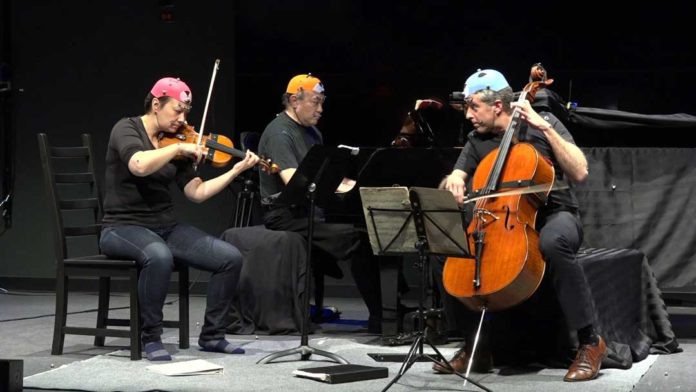Successfully performing music with a group is a highly complex endeavor. To perform expressive music, musicians coordinate with each other.
Now, a group of scientists at the McMaster University discovered a technique to examine how musicians intuitively coordinate with one another during a performance, silently predicting how each will express the music.
Laurel Trainor, the senior author on the study said, “Accomplishing this relies on predicting what your fellow musicians will do next so that you can plan the motor movements so as to express the same emotions in a coordinated way. If you wait to hear what your fellow musicians will do, it is too late.”
For the study, scientists turned to the Griffin Trio, an acclaimed chamber music ensemble. Each performer was fitted with motion capture markers to follow their movements while the performers played happy or sad musical excerpts, once with melodic expression and once without.
Scientists then used mathematical techniques to measure how much the movements of each musician were predicting the movements of the others.
Regardless of whether they were depicting happiness or sadness, the artists anticipated every others’ movements to a more noteworthy degree when they played expressively, contrasted with when they played with no emotion.
Andrew Chang, the lead author on the study said, “Our work shows we can measure communication of emotion between musicians by analyzing their movements in detail, and that achieving a common emotion expression as a group requires a lot of communication.”
According to scientists, this technique can be applied to other situations, such as communication between non-verbal patients and their family and caregivers. They are also testing the technique in a study on romantic attraction. The study also provides new insights into how musicians synchronize their movements so they are playing exactly on time, as one single unit.
The study is published in the journal Scientific Reports.
